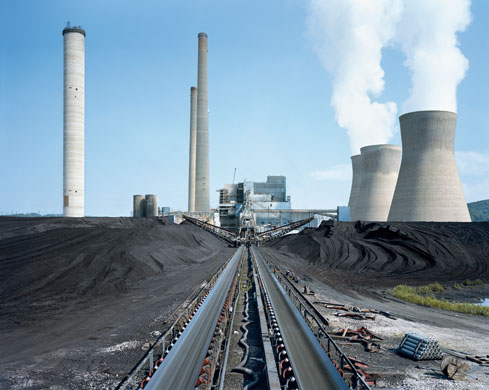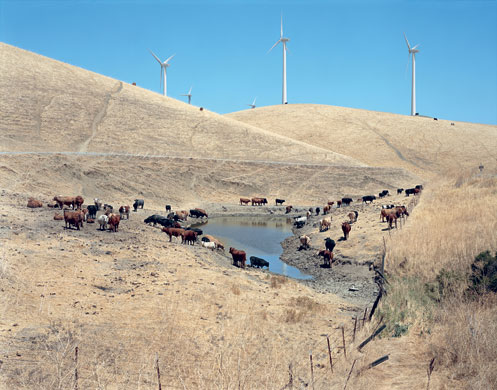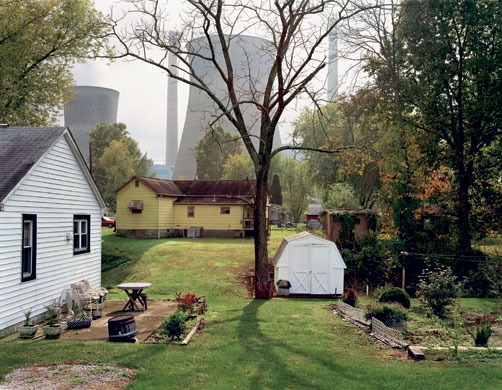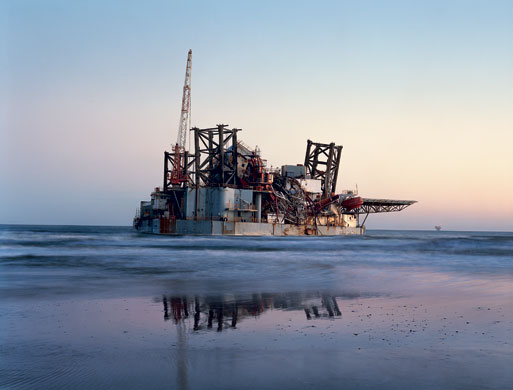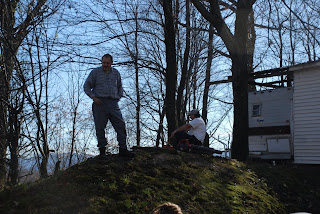
I'm not sure if this counts as a visiting artist either, but I attended a screening of a documentary film titled 'Coal Country,' on Wednesday. It's about as relevant to my portfolio work as you can get, presenting a very eye-opening take on the mountaintop removal issue. It contained some really great footage and even better information and interviews. Some of the interesting facts include:
-Only 3% of mountaintop removal is actually true mountain
top removal; the rest would fall into the category of mountain removal if there was one.
-The major coal areas in WV are thought to actually be held back economically, so that people essentially have the choice of working as a coal miner with little to no benefits or union support, or working in fast food. The areas of WV that are in fact expanding are those that bring in tourists, which for obvious reasons are separate from the mining areas.
-The elk, such as those that I photographed, were actually captured in the west and released, or 'stocked,' on the reclaimed mining sites, as the eastern elk variety has been extinct for almost 150 years. The stocking brings in hunting revenue and helps glorify the reclamation process.
-There's been an extensive legal battle over mountaintop removal for years. Whenever the case against MTR makes it to an upper court it is always turned down for one reason or another.
The film contains a lot of great old mountain music and, while obviously still a subjective take on the issue, presents arguments from both sides pretty fairly.
http://www.coalcountrythemovie.com/
 Coal River mountain is the distant mountain, beyond the Kayford Mtn site in the foreground of the picture above.
Coal River mountain is the distant mountain, beyond the Kayford Mtn site in the foreground of the picture above.


